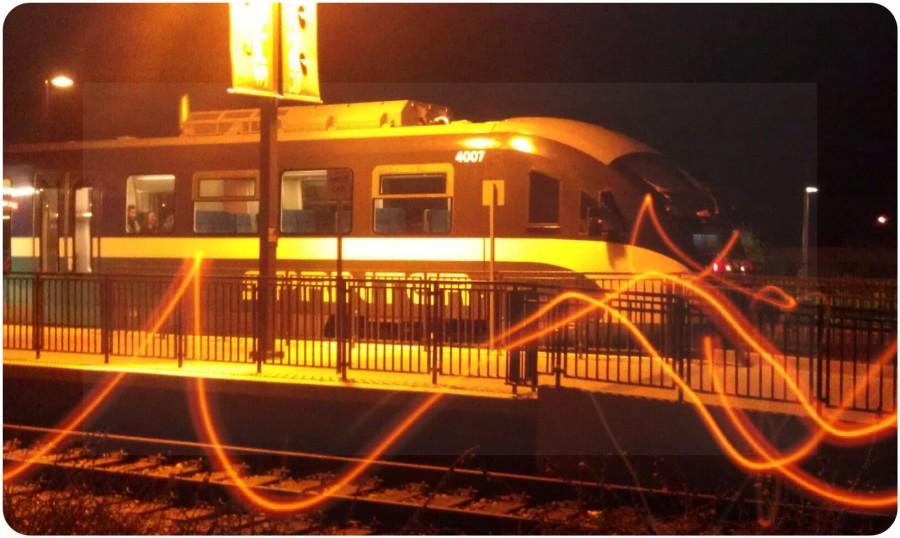History of hootch in San Diego public spaces
By Sarah Hughes
Recently, the Coaster’s leadership proposed banning booze among riders.
While that ban has been withdrawn, drinking on the Amtrak trains have been restricted after 9
p.m. since 2009. The proposed and couched ban is one move in a long history of San Diego’s
aversion to booze in its public spaces. Many riders, who may be coming from work or school,
like to unwind while riding with a beer or wine.
Some people have argued that since those riding the train are using public transportation and
not driving, they are not being reckless or technically driving intoxicated.
“The Coaster is one of the region’s few public-transit services that permit alcohol consumption.
Open alcohol containers are banned on all of San Diego County’s trolleys and buses, as well as
on the Sprinter light rail that travels between Oceanside and Escondido,” Chris Nichols of The
Union Tribune said.
The Oceanside ban would have taken effect Nov. 21 when the North County Transit District’s
board of directors had scheduled to evaluate it, due to an increase in complaints about
obnoxious drunken passengers. The district spokeswoman, Deborah Castillo, cites the
withdrawal as being because of a recent backlash against the ban that has surfaced since the it
was proposed.
Previous bans began early with Prohibition affecting the nation from 1920 to 1933. Beer, wine
and liquor were made illegal except for medicinal uses by hospitals and medical officials. It was
mandated by the 18th Amendment (enacted in 1920), which was made possible by the Volstead
Act (1919). The 21st Amendment would repeal the 18th in 1933.
In the 1970s, most CA beach communities banned alcohol on the shore. It took San Diego
until 2008 to do this, shattering a link between these luxurious beaches and the image of
a vacationer with a cocktail. The ban had been voted on after a series of complaints about
disruptive drinkers and solidified with Labor Day riots on Pacific Beach that elicited riot gear
and pepper spray from officers of the peace. This furthered the resolve of ban proponent Kevin
Faulconer.
“Under no circumstances is it ever OK to have that environment happening . . . We have an
obligation to protect people at the beach, and what happened on the beach was not safe,”
Faulconer said.
In 2010, the booze ban extended from beaches to the bays themselves. Protests ensued into
Mission Bay, in an innertube-assisted ‘floatopia’ leading up to the ban’s enactment.
Self-checkout for alcohol was banned in 2011 and went into effect Jan. 1, 2012. It was part of
an effort to prevent sales to minors.
Temperance, prohibition, beaches, bays and grocery stores appear to be the movements
leading up to the proposed booze ban on the Coaster. There may be little connection, other
than the land they occur on, which is California public space. For now, a total ban has been put
aside on certain transit cars, but riders still can’t drink before 9 p.m.


